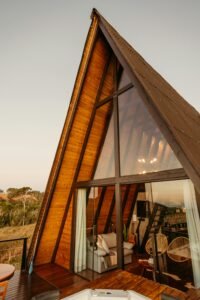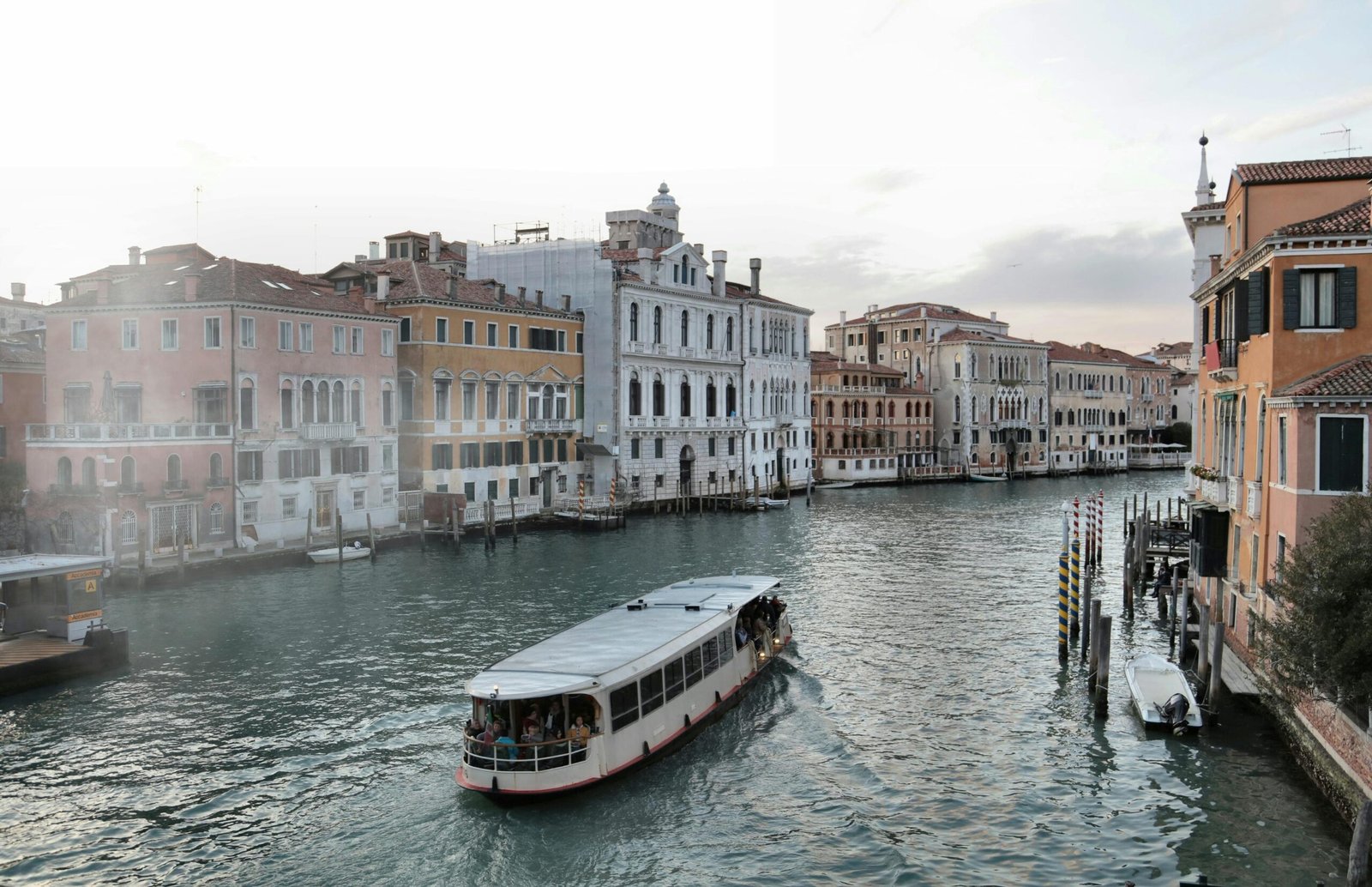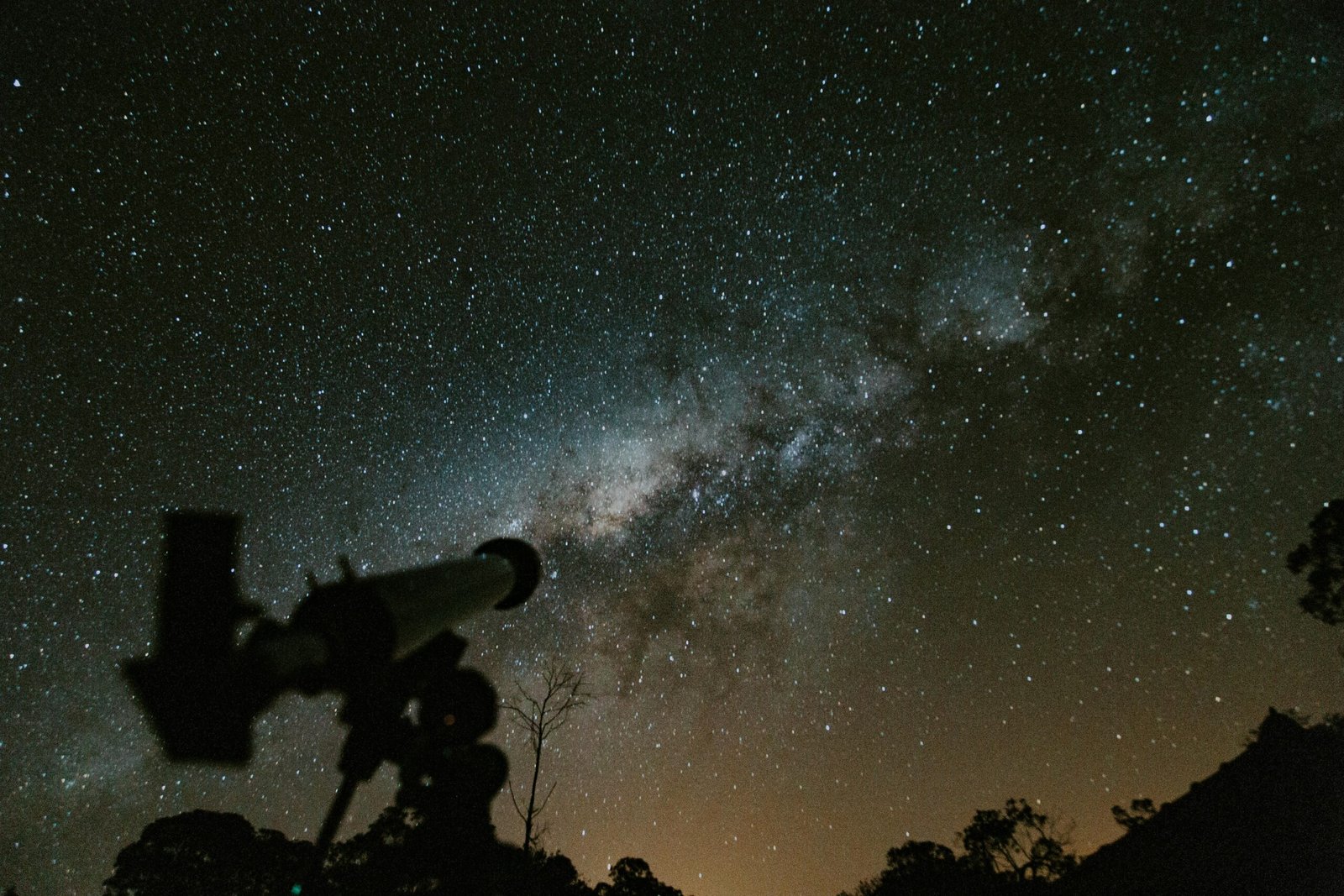Arizona: In 2001, Flagstaff, Ariz., was recognized as the world’s first IDSP, and since then continues to impress visitors with its galaxy views. “Getting lost in the universe from Flagstaff’s clear dark window is a joy that doesn’t fade,” says Bonnie Stevens, executive director of the Flagstaff Dark Skies Coalition. Even before 2001, Flagstaff had impressive connections to space. Its lunar legacy includes serving as the training ground for Apollo astronauts such as Neil Armstrong and Edwin “Buzz” Aldrin who walked on the moon in 1969. Scientists transformed the northern Arizona landscape into a re-creation of the moon by using
explosives to create a simulated lunar surface in the cinder fields near Sunset Crater. Artists also worked with scientists at the Lowell Observatory, which was established in Flagstaff in 1894, to create detailed lunar maps by observing the moon through Lowell telescopes. Stars illuminate dark skies over Buffalo Park in Flagstaff, Ariz. Pro tip: From Sept. 22-24, Flagstaff, Ariz., will host its annual star party at Buffalo Park to celebrate the night sky. The Lowell Observatory has various tours throughout the year as well as the Giovale Open Deck Observatory, which is a collection of six advanced telescopes that allow visitors to
see the stars up close. There’s also the Wupatki National Monument’s parking lot north of Flagstaff off Highway 89, a popular viewing spot because it has almost no light pollution or obstructions to block moon sightings, and Buffalo Park, situated on McMillan Mesa northeast of downtown Flagstaff, with 215 acres to see the planets with the San Francisco Peaks and Mount Elden in the background. The Lowell Observatory in Arizona, founded by Percival Lowell, is where the planet Pluto was discovered in 1930.
Fun fact: The Lowell Observatory in Arizona is where the planet Pluto was discovered in 1930. For more stars in Arizona, check out Mesa’s astronomy dinner cruises on Canyon Lake with the Dolly Steamboat, as well as several stargazing spots in Tucson, including Spencer’s Observatory next to the Cat Mountain Lodge, offering private star-viewing sessions featuring the Celestron 14-inch SCT telescope; the Mt. Lemmon SkyCenter, a 9,000-foot-tall formation located in Tucson’s Santa Catalina Mountains; the for nightly stargazing programs and to learn about how the Apollo astronauts visited the observatory,
before their moon landing, to view the moon through the McMath-Pierce Solar Telescope; or visit the Sky Bar, a solar-powered café with complimentary telescopes on its patio. Night skies above the Mt. Lemmon SkyCenter in Tucson, Ariz. Pro tip: The Mt. Lemmon SkyCenter has the Southwest’s largest public telescope that allows visitors to see the rings of Saturn and spiral galaxies. Idaho Idaho is the location of the only International Dark Sky Reserve in the U.S. It spans more than 1,400 square miles from Ketchum/Sun Valley to Stanley, including lands in Blaine, Custer and Elmore counties and the Sawtooth National Recreation Area. It is the third-largest of 12 such reserves worldwide. Idaho is also home to Craters of the
Moon National Monument & Preserve, about 20 miles southwest of Arco. The Apollo astronauts explored the area’s lava landscape and learned the basics of volcanic geology in preparation for trips to the moon. The Milky Way is visible over Alturas Lake in Idaho. Pro tip: Visit Idaho’s International Dark Sky Reserve in August to view the Perseid meteor showers. Midwest Stargazing isn’t confined to Western states. The Eastern Iowa Observatory and Learning Center at Palisades-Dows Preserve near Cedar Rapids has two permanent telescopes and several portable telescopes. The John Glenn Astronomy Park outside of Columbus, Ohio, is located under the dark skies of southeast Ohio’s Hocking Hills and offers guided stargazing programs
on clear Friday and Saturday evenings March through November. North Carolina Cape Lookout National Seashore is a 56-mile strand of beaches that make up the coastal islands of eastern North Carolina, one of the world’s few remaining natural barrier island chains. In 2021, the site was certified as an International Dark Sky Park, the first Atlantic coastal dark sky place in the national park system to be




